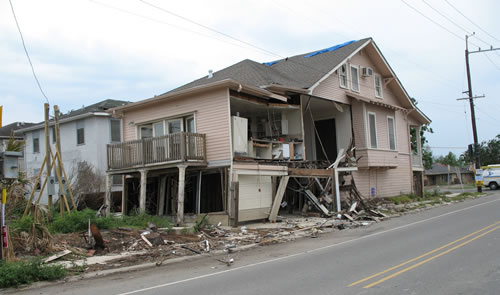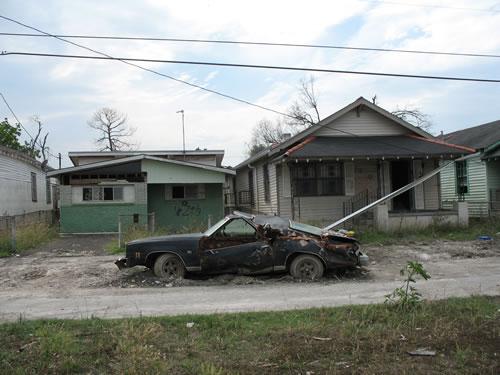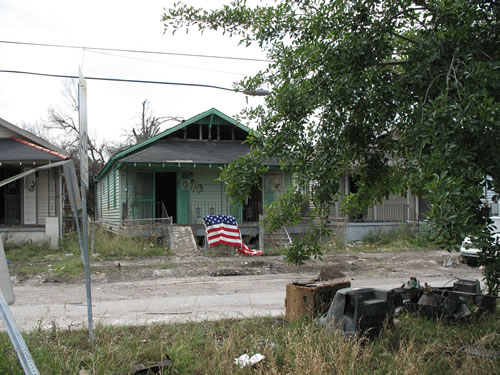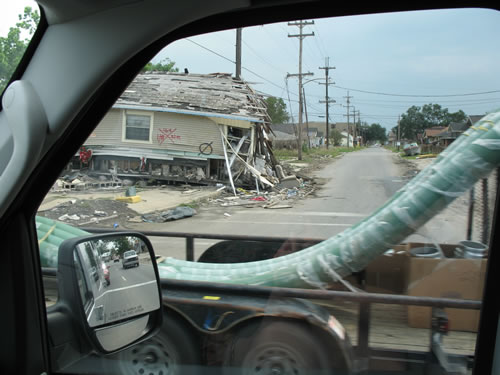![]()
May 30 , 2006 | Vol. 3 Issue 1
E-mail cocoahigh65.com with comments or news
 |
Archive of past issues, hurricane news, funky links, odds and ends — not quite a site map, but enough to navigate your way around.
July 20, 1969
How time flies. July 20th, 2004 - the day after our official launch - was the 35th anniversary of 1969’s Apollo 11 and astronaut Neil Armstrong’s first walk on the moon! We were with friends in Gainesville, gathered around a b&w portable t.v., listening to Walter Cronkite broadcast the event on CBS.
Our playgrounds were beaches, rivers, and orange groves. Going to the Big City meant a run over to Orlando’s Steak ’n Shake or Ronnie’s, on Colonial. Remember Florida before air conditioning? Or how it felt waiting for the bus when the mosquito control spray planes fogged the whole county? Say, wasn’t that...DDT?
For us, the rockets red glare and bombs bursting in air most likely meant another launch that went haywire, ending up with someone hitting the destruct button and another million bucks of rocket up in smoke. The eyes of the world were on us — and life was great.
©MMVI/cocoahigh65.com
![]()
all©john siebenthaler 2006
 |
|
(NEW ORLEANS) Pink house. Brown house. Blue house. Gray house. One block.
Red house. Blue house. White house. Green house. Two blocks.
Yellow house. White house. Tan house. Gray house. Three blocks.
House after house. Block after block. Neighborhood after neighborhood. Mile after mile.
No dogs. No cats. No birds. Few trees. Sparse greenery.
No working traffic lights. Little water. No lights at night.
Boats in front yards. Cars on back porches. Homes in the middle of streets. Garbage everywhere. Air conditioning? Please. They’re releasing mosquito fish in the stinking, stagnant ponds that what once were pristine back yard swimming pools as a firewall against West Nile.
No McDonalds. No Burger King. No Walgreens. No CVS. No Winn-Dixie. No Albertson’s. No AutoZone. No Chevron. No BP. No Mobil.
We return to publishing and the occasional inquiry from our fan by acknowledging the 2006 hurricane "season" that’s officially on us as of June 1st, along with a brief look at New Orleans on the eve of Jazz Fest, May 5th, nearly nine months after the storm.
To be sure, the hurricane stole away miles of history and decades of dreams throughout the Gulf coast, as have other storms before and since. But this was destruction of such a vast scale, suffered as a result of the slow creep of rising water as opposed to howling wind, it’s impossible to fully comprehend. It’s almost as if someone set your home afloat for two months in a gigantic bucket of the most vile bathwater imagineable. A cosmic joke of sorts.
|
|
Driving into the city on eastbound I-10 the damage isn’t too noticeable at first, save for the occasional collapsed wall and blue roof that dot Metarie. The Dome is the giveaway, with its scarred exterior dominating the skyline. Looping through downtown, the interstate runs by the hospitals clustered just east of the Dome –VA, Charity and Tulane. Contaminated and silent.
We drive to the river, then turn back west on I-610 and north on Canal Boulevard to Lake Pontchartrain and the Lakeview district. Beneath the overpasses that collected abandoned, derelict vehicles. Along the streets, skeletal trees and the ominous tell-tale waterline visible on every structure.
A synagogue. A library. A home with it’s side opened up. You peer into what was once the privacy of a second-floor bathroom.
A grime-encrusted VW Karman Ghia parked slightly askew, buoyancy intact, half over the curb where it settled when the floodwaters were finally pumped out.
Few people populate this section now. There’s an occasional FEMA (presumably, but hard to tell for certain) trailer perched on a stack of concrete block, in front of someone’s home. For Sale signs dot what once were lawns. Occasionally, a mayoral campaign poster adds primary color to the otherwise gray and tan landscape.
The lakefront’s calm today. The yacht club’s burnt to the ground.
We retrace our route back to eastbound I-610, then exit right before the bridge and pick our way south along the river, past silent house after silent house following trash strewn deserted streets. Most of the homes appear relatively normal, except. Except for the piles of debris in front of every other driveway.
Sometimes, the houses are slightly cocked. Sometimes, if they were up on blocks, they’ve tumbled off.
We cross the river at North Claiborne, into the heart of the Lower 9th, a few blocks south of the major Industrial Canal levee break. If you watched news of the flooding on television, if you read about the flooding in the newspaper, you only saw about 45 degrees of coverage. Driving off the bridge you’re surrounded by 360 degrees of devastation.
It’s hard not to appreciate the supreme irony: most everywhere, it’s an almost normal world, but not quite.
Ghost cars stacked haphazardly on top of each other. Pier built homes floated free then set down a few feet off foundations. Debris collected in now dead treetops, some storm blown, the rest flood borne. It’s a sobering thought that where we now drive was for weeks underwater to a depth that was feet above the van roof. Like Pompeii, only without the elegance.
On this trip the only official presence we saw was the Urban Rescue and Recovery Team, encamped on a corner lot and surrounded by Portalets, giant fans, and a large tent alongside their fire engine red vehicles. They’re still searching for bodies in the wreckage, and still finding bodies in the wreckage, under rotted carpet, in stifling attics, behind bedroom doors swollen shut.
The destruction is so massive, so extensive, that it’s hard to imagine what in the way of human effort can, for lack of a better phrase, fix the mess. It’s not tens. Not hundreds. Not thousands.
It’s tens of thousands. It doesn’t seem possible there are enough dump trucks and front end loaders to clear the rubble. Enough cement mixers, delivery flatbeds, roofing contractors to restore what may be salvageable.
What happens to all the private treasure of a destroyed city? The jewelry in boxes, the cash in drawers, the heirlooms in canisters? The antiques we know about; warped and wrecked beyond recovery. All destined, sooner or later, for the landfill. Man’s or nature’s.
The enormity of the event is best appreciated– perhaps only appreciated – by driving the streets, one by one, block by block, until it begins to soak in that what was lost to water may not be recoverable through human spirit or endeavor. The sadness and the silence of this uniquely American city are overwhelming. And make no mistake: these are our fellow Americans.



